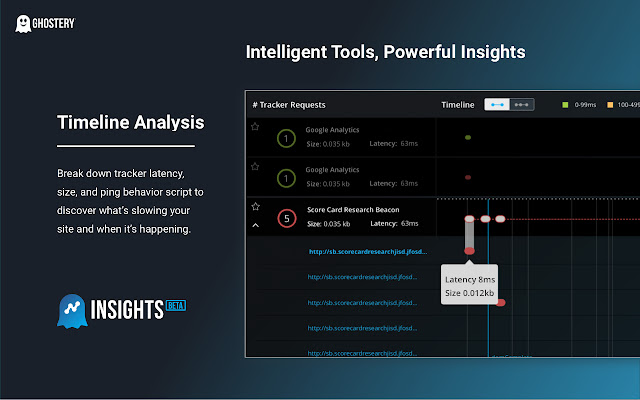How to choose a crypto prop trading firm criteria How to Choose a Crypto Prop Trading Firm: Criteria You Need to Know Tra
Think Smarter. Trade Sharper.

Welcome to Cryptos


In today’s fast-paced trading world, understanding a company’s financial health isn’t just for the accountants or seasoned investors — it’s a must for anyone looking to make smarter, more informed decisions. Whether you’re swapping stocks, diving into crypto, or exploring commodities, having the right tools on TradingView can give you a leg up. But with so many indicators out there, which ones truly tell the story of a company’s financial robustness? That’s what we’re here to unpack.
TradingView isn’t just about pretty charts; it’s a powerhouse of analysis tools. When it comes to assessing a companys fundamentals, the classic financial ratios remain gold standards. Think of the P/E ratio, debt-to-equity, return on equity (ROE), and profit margins — these give a snapshot of how well a company is performing compared to its competitors. These metrics can reveal whether a business is a growth story or a red flag waiting to happen.
Candlestick patterns also play a surprisingly vital role. While often associated with technical analysis, they can hint at underlying shifts in investor sentiment that influence a companys market value. For example, a series of bullish engulfing candles after recent bad news might signal a recovery wave, hinting at underlying strength even if the financial statements seem murky.
Moving beyond the basics, momentum indicators like the Relative Strength Index (RSI) or Moving Average Convergence Divergence (MACD) help identify potential trend reversals. While they’re traditionally technical, in the context of fundamental health, a company experiencing high volume combined with high momentum might hint at strong investor confidence — often based on positive earnings or good news.
On TradingView, watching volume spikes along with rapid price changes can help you catch early signals of changing fundamentals, especially if you follow earnings reports or major industry shifts. Think of this as getting a sense of how the market perceives the companys financial health in real-time.
TradingViews integration with company financial statements allows a deep dive into revenue trends, profit margins, and cash flows, all crucial indicators of health. Watching revenue growth over quarters, or monitoring free cash flow, can tell you whether a company is scaling sustainably. If you see consistent revenue increases without unsustainable debt, chances are good the company is financially solid.
In practice, I once tracked a retail firm whose revenue surged, but their debt levels ballooned too — a sign that perhaps their growth was fueled by risky borrowing rather than genuine expansion. Such insights are vital for assessing whether a company’s financial fundamentals support its stock price.
Tech is changing the game in more ways than one. Decentralized finance (DeFi) platforms and AI-driven analysis tools are shifting how analysts and traders interpret data. Imagine a future where your trading dashboard dynamically assesses company health using blockchain-based data or AI models that spot subtle financial or sentiment shifts before traditional indicators catch on.
Decentralization itself offers transparency but also new hurdles—like data reliability and regulatory oversight. As AI tools become more sophisticated, expect a blend where human judgment and machine learning work side by side, helping traders navigate volatile markets across multiple asset classes.
Proprietary trading firms — the kind that invest with their own capital — are embracing multi-asset strategies because of their flexibility and diversification. Stocks, forex, crypto, indices, commodities — many now see opportunities across all these markets simultaneously. This approach demands an even sharper eye on company health indicators, because the same signals might mean very different things depending on the asset type.
The ability to evaluate a company’s financial health with precision lets prop traders hedge risks better, spot emerging trends early, and execute complex strategies. With AI and machine learning, this process becomes faster and more nuanced.
While the upside is huge, the rapid evolution of financial tech also introduces challenges. Data security, regulatory uncertainty, and market manipulation are ongoing issues. In the decentralized space, for instance, verifying data integrity and preventing fraud remains a concern.
That said, the future appears bright. Smart contracts, AI-driven analysis, and blockchain transparency are pushing the limits of what’s possible. If you really want to thrive amid these changes, developing a solid understanding of fundamental indicators — combined with technological tools — will set you apart.
In the end, whether it’s identifying a struggling company before it tanks or spotting a hidden gem, knowing which indicators to watch on TradingView equips you with a competitive edge. As the landscape evolves, blending traditional analysis with innovative tech isn’t just smart — it’s essential.
Unlock the secrets behind the numbers—your next great trade might just depend on it.